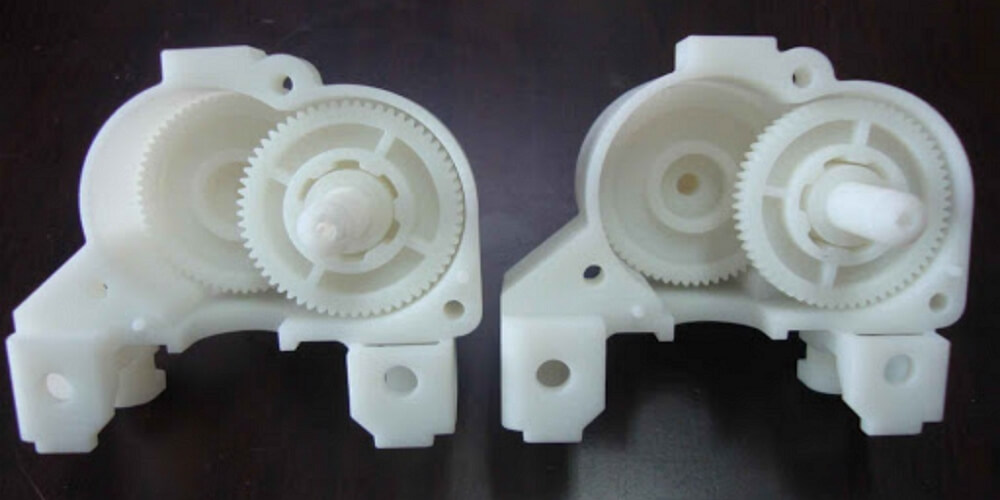Innovation is changing how businesses and brands work. If you want to beat your rivals, you must embrace innovation. Moreover, you need to come up with new products that meet the needs of your customers. New ones are replacing traditional product development processes. Startups are no longer the leaders of the emerging technologies. Even big businesses are adopting new methodologies like rapid prototyping.
Rapid prototyping can be defined as validating product ideas based on the problems it is intended to solve. A prototype allows potential users to use it and offer their feedback. For instance, if potential customers do not like the prototype, you can make necessary changes so that the product will be acceptable to customers.
Rapid refers to the speed of making the prototype. Therefore, how quickly the feedback is collected and analyzed does matter. Also, you have to take into account how quickly the iterations go through the process. The truth is that Rapid Prototyping Services are quite important as they support numerous applications that include automotive, defense, energy, and aerospace industries.
Types of Rapid Prototypes
You should note that prototypes can be classified into different categories based on the application and precision desired. These include fidelity prototypes and Selective Laser Sintering prototypes.
Fidelity Prototypes
In this case, the prototype does not have to appear like an end-use product. Thus, it can vary depending on what the engineer or designer intends to do with the prototype. Fidelity rapid prototypes are categorized based on accuracy level. As a result, the accuracy level can vary significantly.
Hence there are low fidelity prototypes. These types of rapid prototypes are quite simple. They can be used in industries where precision is not important. On the other hand, high fidelity prototypes are suited for applications where precision is needed. You will find these prototypes in the robotics, defense, and automotive industries.
Selective Laser Sintering Prototypes
Being an additive manufacturing technology, the lasers melt or sinter powdered raw materials. Some of the common raw materials are nylon and polyamide.
Benefits of Rapid Prototyping
Rapid prototyping has witnessed many technological advancements. As a result, it is quite popular among designers and manufacturers. Also, it is a quick way of getting products to the market. These are the top benefits of rapid prototyping.
Master Design Concepts
Rapid prototyping helps you master different concepts other than visualization. Ideally, it makes users get the feeling and appreciate the looks of the prototype. Designers offer their ideas before making the final product.
Make Changes Immediately
When you have a physical model, it becomes easy to make changes by getting feedback from your potential customers. Remember that several changes may be required before the final design is achieved. During the iterative process, you can improve the design further and build confidence in your consumers.
Save Time and Money
You should note that rapid prototyping is cost-friendly and helps minimize the time you spend making different patterns and molds. Also, it does not require the use of advanced tools and machines. With CAD software, you can make different designs that can be printed easily.
